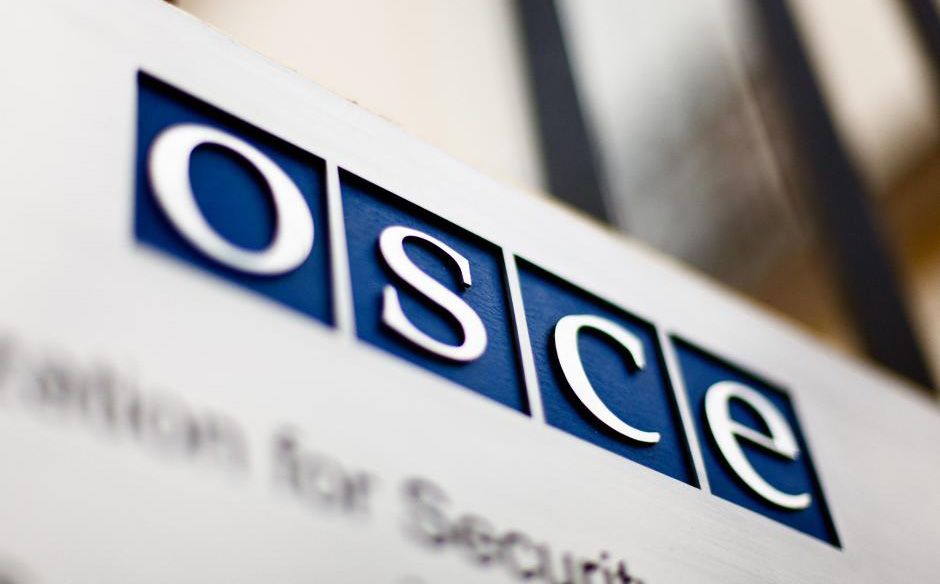The OSCE Minsk Group played the main mediator role in the Armenian-Azerbaijani conflict from the mid-1990s until the end of 2020, that is, the Second Garabagh War.
In 1995-1997, the mediation mission was entrusted to the USA, Russia, and France. Considering that there is an active Armenian diaspora in these three countries, it is not surprising that this institution has neglected the Garabagh issue for nearly 30 years.
It is no secret that the Minsk Group did not put any pressure on the aggressor Armenia and did not apply any sanctions to this country. These facts have harmed the reputation of the OSCE itself and diminished hopes for this organisation.
It is interesting that on the basis of resolutions No. 822, 853, 874, and 884 adopted by the UN Security Council, the OSCE Minsk Group had to unequivocally demand the unconditional withdrawal of Armenian troops from the lands of Azerbaijan. However, when Armenia occupied the territories of Azerbaijan, buried thousands of mines in Garabagh, damaged historical and cultural monuments, and forced nearly 1 million Azerbaijanis to be separated from their homeland, the Minsk Group did not take any serious steps.
President of Ilham Aliyev noted in the meeting with the OSCE Chairman-in-Office that a number of mechanisms that are remnants of the past within the framework of the OSCE - the OSCE Minsk Group, the High-Level Planning Committee, are completely inactive structures and should be canceled in order.
Because the work of the Minsk Group was aimed at solving the Garabagh conflict, which is not considered a problem now. However, the Garabagh issue, which the group ignored for 30 years, found its justice in 44 days as a result of the efforts of the Azerbaijani army and the Supreme Commander of Azerbaijan. The occupied lands of Azerbaijan were freed from Armenian aggression. At present, the process of returning former displaced people to Garabagh, demining the territories, and implementing new infrastructure projects is ongoing.
Many countries support the green energy, education, and architecture projects to be launched in Garabagh in the future; they want to be partners in the development here.
Peace talks are already underway between Azerbaijan and Armenia. The meeting of foreign ministers held in Almaty recently can be considered an indicator that peace will be established in the region soon.
These processes make the completion of the mission of the Minsk group an undeniable fact. Just like ending the activity of Russian peacekeepers in Garabagh, it seems appropriate to stop the activity of the OSCE Minsk Group, which has been useless from the beginning, and spend the money wasted here on more useful things.
Until now, the activities of the Minsk Group consisted of diplomatic tourism. Undoubtedly, this organisation can achieve great success in the field of tourism.
Azerbaijan's Foreign Minister, Jeyhun Bayramov, also noted that the Minsk Group's mandate has ended at a press conference he held today with the OSCE Chairman-in-Office, Minister of Foreign, European Affairs, and Trade of the Republic of Malta, Ian Borg.
Thus, the Azerbaijani minister offered OSCE to contribute to projects such as mine safety, the return of former displaced persons to their homes, and the and the elimination of environmental damage instead of this expired institution.
It should be noted that the problems of the post-conflict period are reflected in the region. The issue of landmines, which the Minsk Group has not given any attention to, hinders the development in Garabagh. Thus, Azerbaijan is on the list of countries most contaminated with landmines in the world.
Recall that despite attempts at formally requesting information about the location of those mines, Armenia repeatedly denied that it possessed the relevant information and refused to engage on the issue.
Finally, in February of this year, Armenia submitted 8 minefield maps of territories located in the liberated lands to Azerbaijan. These maps cover some of the areas along the former contact line. However, the maps covering part of the former contact line passing through Khojavand, Tartar, and Goranboy districts, as well as the areas mined by Armenian military units when they retreated in November 2020, have not been submitted yet.
Many have suspicions about these maps because previous minefield maps submitted by Armenia were inaccurate. Only 25 percent of these maps were correct. Especially submitting minefield maps of the heights where civilians do not live increases this suspicion. It is also worth noting that more than 55% of recent landmine cases have occurred outside the areas covered by the information provided.
The Azerbaijan National Agency for Mine Action, known as ANAMA, has grown from a fledgling organisation to one fully equipped to clear mines, provide risk education, and assist survivors of accidents. Today, ANAMA's efforts are aimed at continuing the increase and expansion of mine action capacity to provide clearance of all liberated areas of Azerbaijan.
---
Follow us on Twitter @AzerNewsAz

